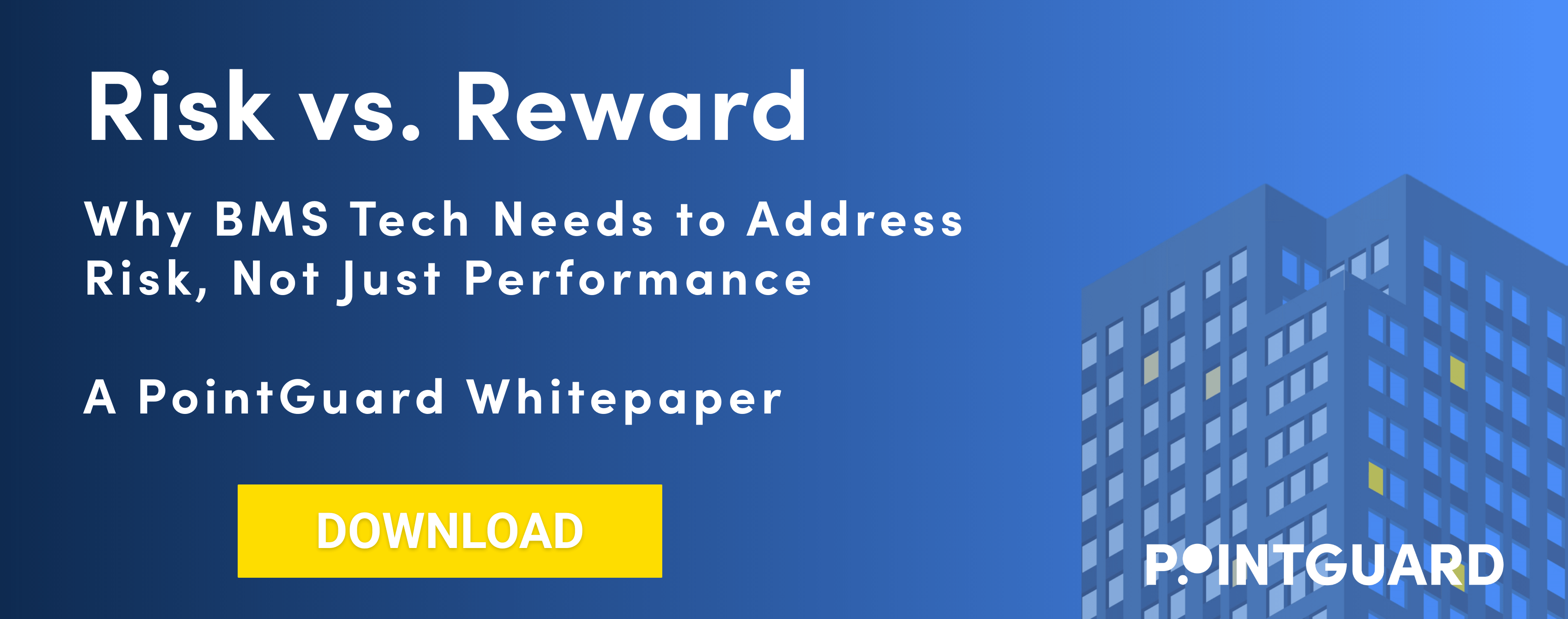Risks Lurking Beneath the Surface
Imagine a scenario where a worldwide pandemic created undetectable threats that severely impaired the functionality of commercial properties by restricting indoor occupancy. Not too hard to envision, is it? So now what? COVID-19 has cast a spotlight onto just one of the many risks associated with property management and brought it into the forefront. In an industry long considered stable, commercial real estate owners and investors are now left with the realization that parking money in properties does not guarantee a return. Now, what if these ‘unknown’ risks can be identified?
Building management systems (BMS) technology has long been geared toward providing property owners a return for their money, meaning it is performance-based. It focuses on things like energy efficiency by looking at the various mechanical systems in a building to see where costs can be reduced by ensuring that equipment is running on timed schedules that optimize function and efficiency. This also saves money, which is why it has long been the primary focus of BMS technology and the companies supported by it.
Building performance, in terms of efficiency, savings, and energy management, is undoubtedly important for property owners and managers. No one is challenging that. But what about risk? Where does risk assessment fit into the equation of BMS technology, and have recent changes (like COVID-19) altered the way that owners and managers view risk? Arguably, risk should be just as important as building performance, including energy savings, because building health has become the primary concern on everyone’s radar.
The whitepaper will dive futher into: The COVID Effect, Assessing Risk with Data, various other risk factors, and Diagnostic Tools to solve the problem. Download Risk Vs. Reward: Why BMS Tech Needs to Address Risk, Not Just Performance here:












